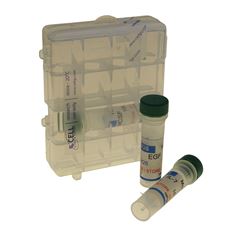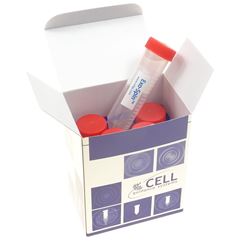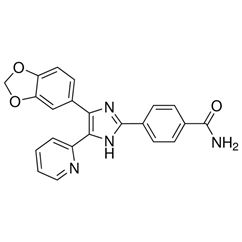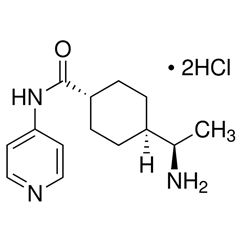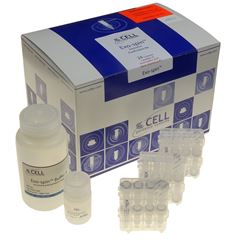Recombinant Human IL-13
Induced proliferation of TF-1 cells for Human IL-13. Cell proliferation was measured to calculate the ED50, which is as expected less than 5 ng/ml.

Non-reducing (-) and reducing (+) conditions in a 4 - 20% Tris-Glycine gel stained with Coomassie Blue. 1 μg of protein was loaded in each lane. Human IL-13 has a predicted Mw of 12.6 kDa.
Achieve Purchasing Synergy
Request a quote at [email protected] for 2 or more vials of any Growth Factor to receive a discount. Discounts range from 5 to 20% according to the size of your order.
PODS® Growth Factors
The product is currently not available as PODS®, please check back in the future.Description
Interleukin-13 (IL-13) is a cytokine secreted from type 2 T helper (Th2) cells. IL-13 has overlapping functions with interleukin-4 (IL-4), including the induction of immunoglobulin E (IgE) secretion from B cells, and the inhibition of interleukin-1 β (IL-1 β), Tumor Necrosis Factor α (TNF-α), interleukin-8 (IL-8), and interleukin-6 (IL-6) inflammatory cytokine expression. IL-13 also regulates immune cell inflammation in response to the pathophysiological changes of surrounding non-immune cells. The IL-13 receptor consists of the IL-4Ra and IL-13Ra1 subunits. IL-13 can also bind the IL-13Ra2 receptor with high affinity. IL-13 functions are mediated through the JAK/STAT signaling pathway. Human and mouse IL-13 are cross-reactive.Activity Assay
Human IL-13 is fully biologically active when compared to standard. The activity is determined by the ability to induce TF-1 cells proliferation and it is typically less than 5 ng/ml. This corresponds to an expected specific activity of 2 x 105 units/mg.AA Sequence
MSPGPVPPST ALRELIEELV NITQNQKAPL CNGSMVWSIN LTAGMYCAAL ESLINVSGCS AIEKTQRMLS GFCPHKVSAG QFSSLHVRDT KIEVAQFVKD LLLHLKKLFR EGQFNAlternative Names
Interleukin-13, interleukin 13, IL13, IL 13| Product Details | |
|---|---|
| Length | 115 aa |
| Molecular Weight | 12.6 kDa |
| Structure | Monomer |
| Source | E. coli |
| Accession Number | P35225 |
| Purity | ≥95% determined by reducing and non-reducing SDS-PAGE |
| Endotoxin Level | ≤1.00 EU/μg as measured by kinetic LAL |
| Formulation | Lyophilized from a sterile (0.2 micron) filtered aqueous solution containing 10 mM sodium citrate, pH 3.0 |
| Reconstitution | Centrifuge vial before opening. When reconstituting the product, gently pipet and wash down the sides of the vial to ensure full recovery of the protein into solution. It is recommended to reconstitute the lyophilized product with sterile 10 mM HCI at 0.1 mg/ml, which can be further diluted into other aqueous solutions. |
| Stability and Storage |
12 months from date of receipt when stored at -20°C to -80°C as supplied. 1 month when stored at 4°C after reconstituting as directed. 3 months when stored at -20°C to -80°C after reconstituting as directed. |

